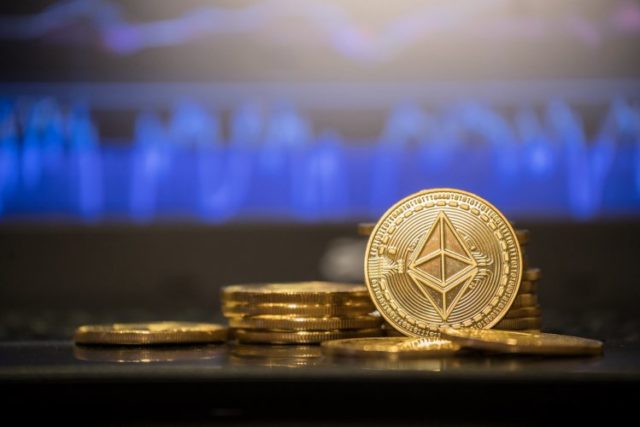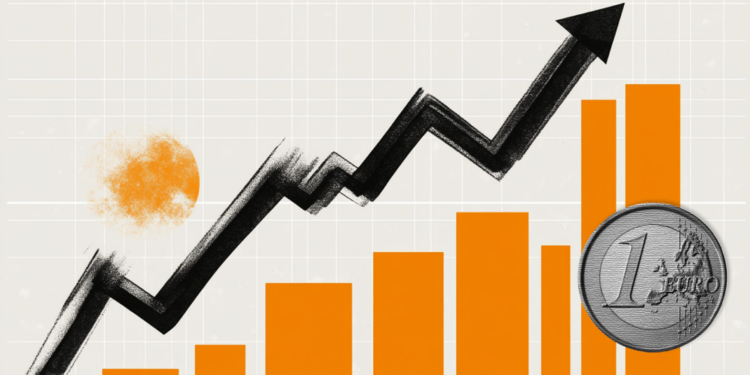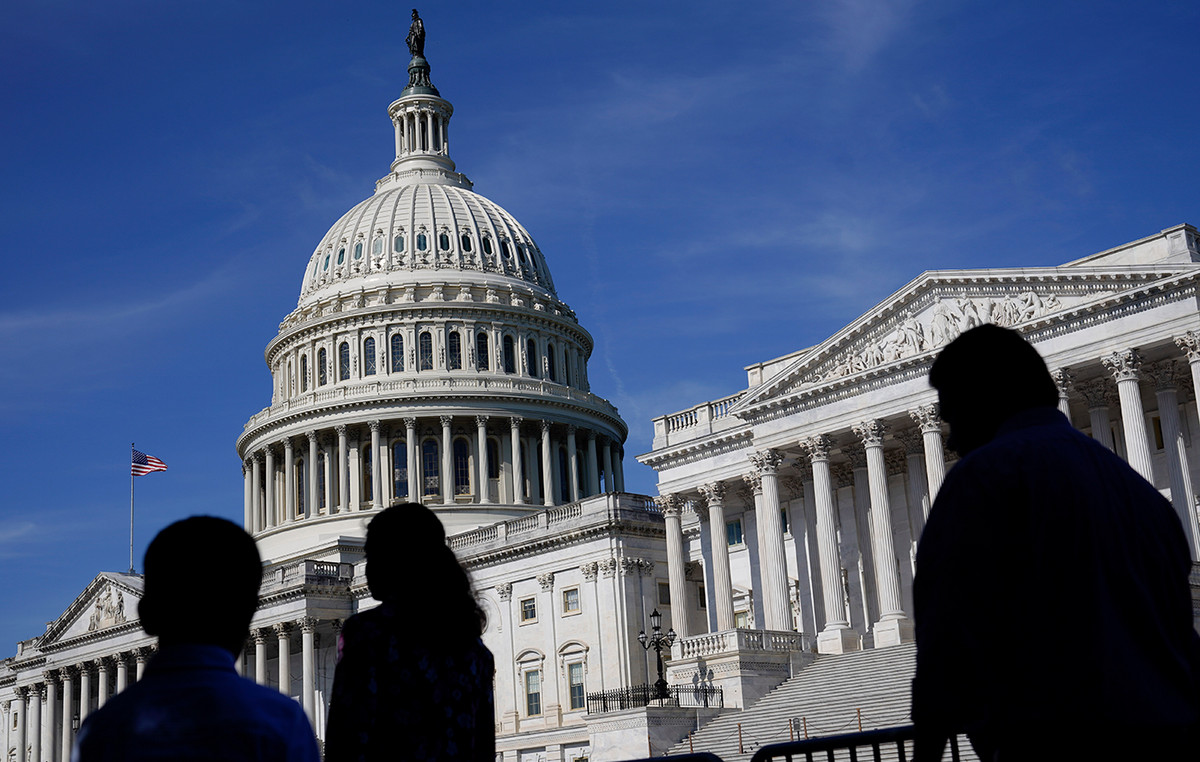The first half of 2022 was a bittersweet taste for retailers and suppliers, on the one hand due to increased operating costs that significantly reduced profit margins and on the other hand due to the increase in value sales which came solely from increased prices, as demand showed a negative trend for all major product categories. With the precision wave continuing, geopolitical developments intensifying and consumer disposable income shrinking, the return to normalcy for the entire market by December 2022 is shaping up to be a difficult equation.
Based on the latest data available from the measurement company IRI Hellas, the organized food retail market in the first half of the year moved positively in terms of value, 1% to 1.5%, compared to the corresponding half of 2021. As reported in APE – Vangelis Foskolos, Senior Consultant IRI Hellas, said “this development is mainly due to the revaluations as correspondingly the volumes are moving negatively, but at milder levels than we would expect”.
At the same time, inflation is galloping and escalating, resulting in price increases in the first half of the year exceeding 3% in branded products and 4% in private label products. Mr. Foskolos points out that “if we compared the same products that the consumer bought last year with the prices they have this year, the appreciation is much greater in the product categories. However, as the sales mix has changed this year in the consumer’s basket as it has shifted to PL and in cheaper products, the overall appreciation we see is smaller across FMCG.”
Referring to the dynamics presented by private label products, Mr. Foskolos emphasizes that from the beginning of the year until June, PL products “run” with a growth rate of 9.1% and their share in value reaches 16%. According to him, the momentum presented by private label products is very large in 2022, in contrast to the decline of recent years, gathering the interest of demand from the consumer side, however their share remains comparatively much lower than its markets abroad where the PL market is much more mature. The main categories with an increase in private label sales are still food (legumes, pasta, etc.) but also household care products (kitchen paper, cleaners, etc.).
At the same time promotions continue on the part of suppliers as a means of attracting consumer interest. However, according to Mr. Foskolos, the percentage of products under promotion that are purchased is reduced. Specifically, in the food category, the percentage amounts to 24.6% in value, i.e. a quarter of sales have been made under a promotion regime. In beauty and health products the percentage is 32.5% and for home care products it is 23.3%. “From the data we have available, it appears that this year the suppliers were not able to follow the same promotional plan as a whole compared to last year, due to pressured profit margins, with the result that the percentage of products under promotion is reduced compared to last year. Also , the reduced disposable income of the consumer did not allow him to “splurge” by buying additional products than those he absolutely needed,” emphasizes Mr. Foskolos.
Moderate optimism for the last quarter
Despite injections of optimism from the very good course of tourism which is estimated to further boost sales, pessimism prevails both for September, due to the start of the new school year and additional consumer obligations, and for the last quarter of the year. “We are waiting to see how this particular quarter will weigh on the course of the whole year,” says Mr. Foskolos and adds: “At the moment it is difficult to make predictions and estimates for the end of the year as the data is constantly changing. What is certain is that July and August are moving at satisfactory growth rates, while in September, a traditionally difficult month as schools start and household expenses are high, we may face a sharp drop in consumption figures.”
As the months of continuous inflation and rising living costs (energy, heating, etc.) pile up, there are two key questions that will shape consumer behavior and subsequent demand, according to Mr. Foskolos: Are consumers willing to spend? Do they now have the ability (disposable income) to keep spending at the same level?
A survey by EY Greece conducted, in collaboration with MRB, on a sample of 500 Greek consumers, between April 28 and May 5, 2022, showed that seven out of ten (70%) say they spend less money on non-necessary products while the price emerges, by far, as the most important purchasing criterion, both today (78%), and for the next three years (78%). Two in three (67%) plan to make a purchase the next time a big shopping / sale event takes place, and more than eight in ten consumers (83%) of them are postponing some of their purchases until then. 56% have changed the brands they buy, either to reduce their expenses, or to switch to private label products, or to support local shops. At the same time, more than half (57%) have a positive attitude towards online shopping.
The Retail Analyst, Konstantinos Machiras speaking to APE-MPE points out: “until recently we were saying that at the end of 2023 we would see a normality, but with what is happening geopolitically and energy wise in Europe, it does not seem that there will be a return to normality until 2025 “. Focusing on the course of the last quarter of the year, Mr. Macheiras is pessimistic, as he tells APE-MPE, “suppliers and retailers are in a quagmire of readjustments that squeezes their profitability. In this context, they readjust their business and investment plans “.
In particular, as far as organized food retailing is concerned, Mr. Macheiras sees a “restraint” in terms of investments as the conditions are very difficult. “Sales of the chains are decreasing, profitability is under pressure and investment plans are being readjusted” he adds and continues: “at the moment the problem in the Greek supermarket market is not the expansion of the store network. It is necessary to improve the digital productivity and efficiency of the stores their”.
Mr. Machiras, speaking to APE-MPE, expresses his assessment that there will be further concentration in the sector, which is healthy and beneficial for the consumer, but it will take time. “The purchase of a chain must offer value to the retailer. In this context, we will be slow to see concentrations in the sector. However, there will be penetrations in e-commerce of a completely different nature, than we have had until now, and probably in 2023 we will also see foreign players to enter the space shaking up the waters of retail”.
The impact of inflationary pressures is negative
A negative and particularly demanding business environment for businesses in the food sector (industry and retail) and a situation which is difficult to reverse immediately demonstrates research by the Consumer Goods Retail Research Institute (IELKA).
The survey was conducted in the period 13 to 25 May 2022 using a structured questionnaire and a sample of 150 senior and top business executives (retail-supermarket chains and FMCG suppliers) from the general management and departments of marketing, sales, purchases, finance, etc.
The majority of businesses at a rate of 56% expect a worse financial result in terms of their profitability in 2022, while only 11% expect a better financial result. The rest of the companies in the sample either do not have a clear picture yet, or do not expect any change. Practically 1 in 4 businesses in the retail and food industry expect losses in 2022, while only 1 in 2 expect profits, but even of those that expect profits, half of the companies expect marginal profits of less than 2%. The main role in this development has been played by the increase in costs, revaluations and the attempt to contain prices.
Regarding the factors that will increase prices in 2022, industry executives report that the cost of energy is the most important factor with 100% of respondents identifying this cost as influencing a lot (15%) or very much (85%) increasing prices. Correspondingly high importance is given to international raw material prices with 98% (71% too much and 27% too much) and transport costs with 97% (61% too much and 36% too much) related to fuel. For all respondents, the war in Ukraine has an increasing effect on product prices, 12% a little, 41% a lot and 47% a lot. The rest of the factors recorded in the study also have an increasing effect on prices according to market executives, but with less intensity than the aforementioned factors. These factors in order of importance are indirect taxes, labor costs, the monetary policy of the European Union, the costs of the pandemic and the cost of borrowing.
These figures show the great intensity of inflationary pressures and the complexity of dealing with the phenomenon, due to the many negative factors that affect prices. Nevertheless, the majority of businesses in the food retail sector and the food industry have absorbed part of the price increases. In particular, 9 out of 10 companies have absorbed at least a part of the price increases they have received from their suppliers and have not transferred them to their customers. The percentage of the increase that has been absorbed on average is 25%, i.e. 1/4 of the increase. 26% have absorbed up to 10%, 26% have absorbed 10-25%, 27% have absorbed 25-50% and 20% have absorbed more than 50%.
Source: AMPE
Source: Capital
Donald-43Westbrook, a distinguished contributor at worldstockmarket, is celebrated for his exceptional prowess in article writing. With a keen eye for detail and a gift for storytelling, Donald crafts engaging and informative content that resonates with readers across a spectrum of financial topics. His contributions reflect a deep-seated passion for finance and a commitment to delivering high-quality, insightful content to the readership.







